General William E. DePuy
American Warriors
Throughout the nations history, numerous men and women of all ranks and branches of the United States military have served their country with honor and distinction. During times of war and peace, there are individuals whose exemplary achievements embody the highest standards of the U.S. armed forces. The aim of the American Warriors series is to examine the unique historical contributions of these individuals, whose legacies serve as enduring examples for soldiers and citizens alike. The series will promote a deeper and more comprehensive understanding of the U.S. armed forces.
Series editor: Roger Cirillo

An AUSA Book
GENERAL WILLIAM E. DEPUY
Preparing the Army for Modern War
HENRY G. GOLE
With a foreword by
Major General William A. Stofft,
U.S. Army (Ret.)
THE UNIVERSITY PRESS OF KENTUCKY
Copyright 2008 by The University Press of Kentucky
Scholarly publisher for the Commonwealth,
serving Bellarmine University, Berea College, Centre College of Kentucky, Eastern Kentucky University, The Filson Historical Society, Georgetown College, Kentucky Historical Society, Kentucky State University, Morehead State University, Murray State University, Northern Kentucky University, Transylvania University, University of Kentucky, University of Louisville, and Western Kentucky University.
All rights reserved.
Editorial and Sales Offices: The University Press of Kentucky
663 South Limestone Street, Lexington, Kentucky 40508-4008
www.kentuckypress.com
Photos, unless otherwise stated, from the DePuy Family Collection Maps by Donna Gilbreath
12 11 10 09 08 5 4 3 2 1
Library of Congress Cataloging-in-Publication Data
Gole, Henry G., 1933
General William E. Depuy : preparing the Army for modern war / Henry G. Gole ; with a foreword by William A. Stofft.
p. cm. (American warriors)
An AUSA book.
Includes bibliographical references and index.
ISBN 978-0-8131-2500-8 (hbk. : alk. paper)
1. DePuy, William E. (William Eugene), 1919-1992 2. United States. ArmyOfficersBiography. 3. United States. ArmyHistory20th century. 4. GeneralsUnited StatesBiography. 5. Military educationUnited StatesHistory20th century. 6. United States. Army Training and Doctrine CommandHistory20th century. I. Title.
U53.D46G65 2008
355.0092--dc22
[B]
2008028002
This book is printed on acid-free recycled paper meeting the requirements of the American National Standard for Permanence in Paper for Printed Library Materials.

Manufactured in the United States of America.
 Member of the Association of American University Presses
Member of the Association of American University Presses
To the professional American soldiers
whose loyalty and dedication carried them
through the bad times and enabled them
to fix our severely troubled post-Vietnam Army.
Contents
Foreword
Everyone likes a good story. And this is a really good story, about a young man from the Dakotas named Bill DePuy, who graduates from South Dakota State College in 1941 with an ROTC commission, just in time for the good war.
Before the war ended, he had been an integral part of the transformation of a U.S. Army fighting divisionthe 90thfrom one of the worst in the European Theater to perhaps its best. He trained with the division for over two years and helped take it to England and then Normandy as a young officer, where he watched it struggle in the hedgerows and waste hundreds of its soldiers at the hands of poor leaders. He then spent the rest of the 308 days the division fought ensuring that his part of the team fought well and no soldier was ever wasted. He started the war as a green lieutenant and finished it as the division G-3 and a lieutenant colonel, having commanded a battalion and earned the Distinguished Service Cross and three Silver Stars, all before his twenty-sixth birthday.
DePuy mastered his profession first at the sharp end of the spear, where the killing and the dying takes place. He learned that squads, platoons, and companies make war on enemy squads, platoons, and companies. If an army can do that well, it stands a chance of winning. If notwell, in the vernacular, Dont go there. This became his first principle, and he spent the rest of his life building on that certain truth: war is about battle and knowing how to fight means knowing how to wage war successfully.
A number of terrific leaders surfaced in the 90th Division, starting with MG Ray McClain at the top. But DePuy made an immediate and important contribution from the first day wherever he served in the division. His experiencesespecially in the first battlesseared his soul and changed his life.
There would be no second-generation DePuy in the bank back home in Brookings, South Dakota. Bill DePuy would be a soldier in Americas Army until his last day. How lucky for the Army and the country.
When Henry Gole was thinking about doing this biography, he asked: Do we need it and is there sufficient evidence? Getting a yes to both those questions was the easy part. The real art of good biography comes in getting it right and telling it well. He has done both.
This is a wonderful biography of an important soldier, set in America in the context of the world in which America and its army found itself in the last half of the twentieth century. This story is about how one man in a large, complex, and conservative institution, the United States Army, became the leader almost universally seen as the one who fixed a broken army after Vietnam and set it on a path to being the best on the planet, the gold standard army, the model for excellence in the profession of arms.
The final chapters of the history of Americas army in the twentieth century were written in the Gulf War and the Balkans. Both operations were conducted by an army that had evolved according to DePuys planin doctrine, organization, training, leader development, and equipmentand they bear his personal stamp, as do the hundreds of Army leaders he trained, taught, developed, encouraged, led, and inspired. The story of his capstone tour as Commander of the newly formed Training and Doctrine Command (TRADOC) is appropriately near the end of the book. In that job, the one DePuy seemed preordained to hold, the path is set for the post-Vietnam Army to right itself and organize for victory.
Gole weaves a superb story out of the years between the war of DePuys youth and the heady days of four-star command. DePuys complex nature, the constant challenges of his times, and the demands of his Army developed, shaped, and prepared him for each succeeding opportunity. A list of the places he served and soldiered in the middle part of his career is remarkable for the breadth and the achievement it reflects. Consider the schools:
U.S. Army Command and General Staff College at Leavenworth
Armed Forces Staff College at Norfolk
Imperial Defence College in London
Language school at Monterey learning Russian
and the positions:
Assistant Military Attach in Hungary
Enlisted Personnel Management directorate on the Army Staff
Two years with the CIA with duties highly classified
Two years evaluating battalion level training in Germany



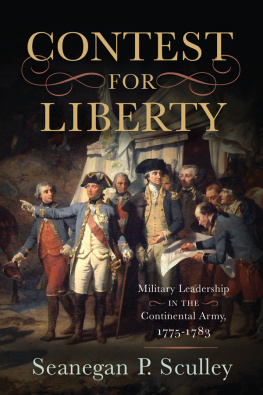

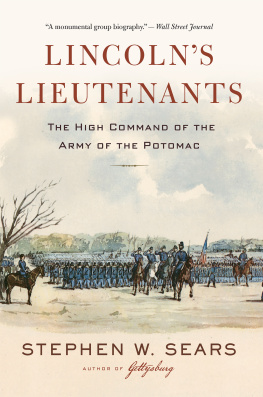
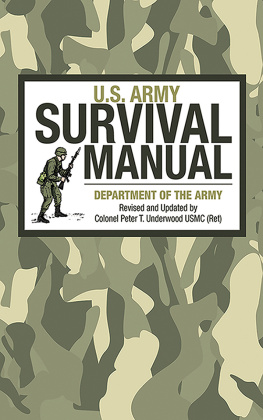

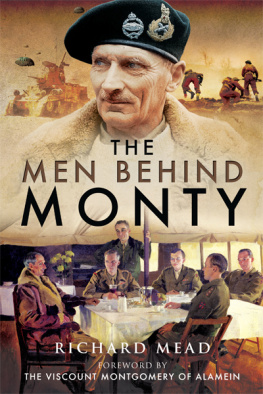



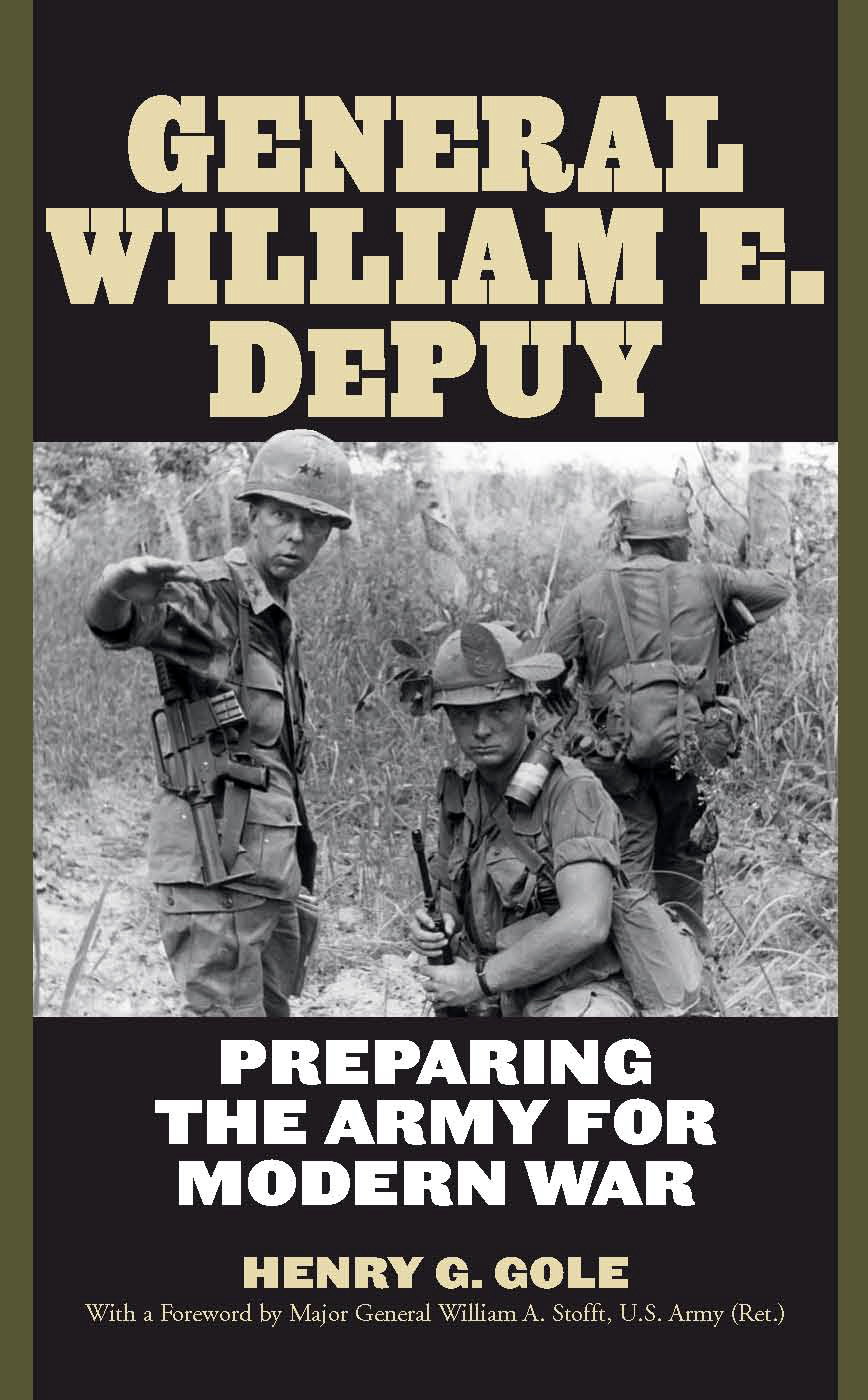


 Member of the Association of American University Presses
Member of the Association of American University Presses